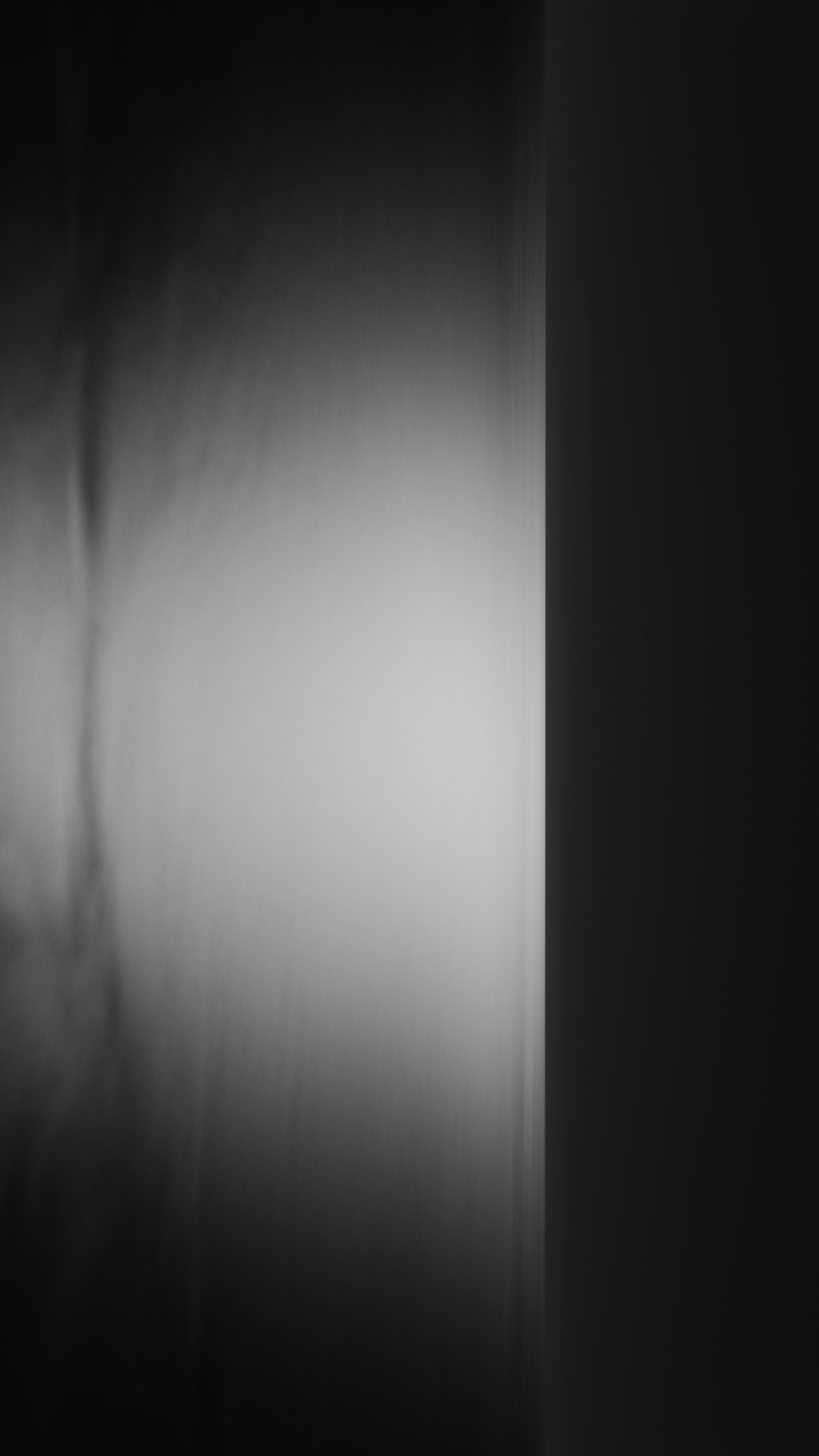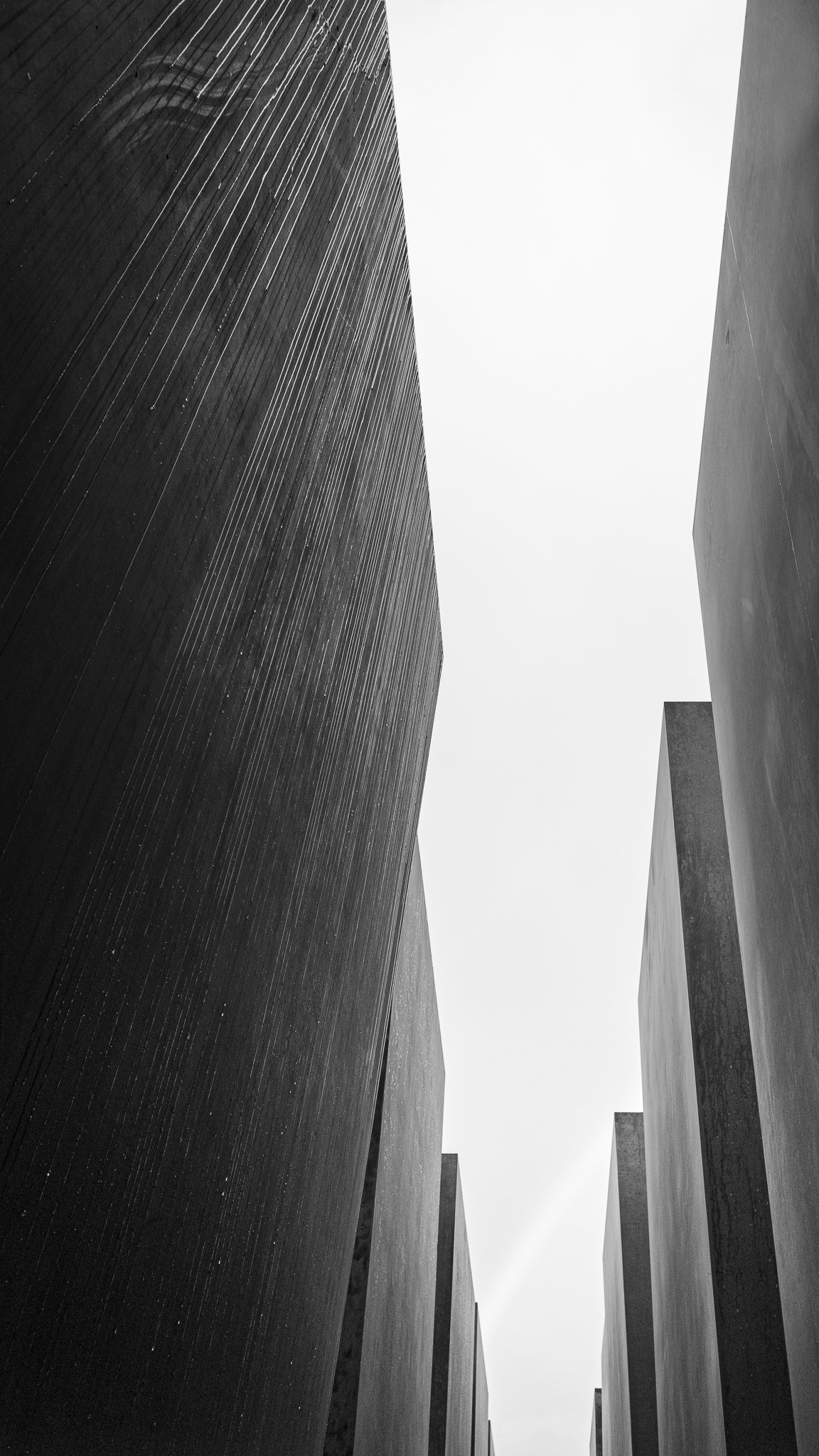The Long Read 2/3: Globalisation and Korean Photography
A Brief History of Cultural Hybridity
While globalisation is chronicled initially by its political and economical landmarks, it is possible to view global trade as the beginning of a transfer of indigenous cultural products between East and West. Korea’s geographical position in East Asia between China and Japan has had a long and complex past. Cultural migration, colonisation and occupation are central themes in Korean history. The country has, over the centuries tried to differentiate itself from its influential neighbours. In connecting with the wider-world, artists have created unique hybrid artworks both as an engagement with, and in protest against, Western art history. Two significant examples of cultural hybridity are True-View and Lee Ufan; both of which show a desire to contextualise the global through the aesthetic of the local.
2.1. True-View
Sansuwha, the Korean translation for shanshui in Chinese (literal meaning mountain and water) is the term used to describe landscape paintings borne of out China, initially during the Tang Dynasty (618–907) before later flourishing in the dynasty of the Song (960-1279), where Chinese landscape traditions were developed through artists such as Li Cheng (see fig. 8.) and Ma Yuan. In her article Landscape of the Soul: Ethics and Spirituality in Chinese Painting (2003), Nathalie Trouveroy recognises the unity of Confucianism, Taoism and Buddhism; the three dominant philosophies of Chinese life being deeply influential on the paintings, which helps to convey multiple meanings to what is considered an image of the mind. Landscapes in the East Asian tradition tended not to depict literal places. Instead they were seen as a visual metaphor for the human placement within nature and the interaction between heaven and earth.
Fig. 8. A Solitary Temple amid Clearing Peaks (no date)
Korea and Japan would initially adopt this visual style from their then culturally dominant neighbour. However, during the Joseon Dynasty (1392-1897), Korean landscape painting evolved markedly in the late seventeenth century, resulting in a new approach called True-View, which “...was influenced by Western painting from life and focused more closely on documenting realistic views of the actual landscape of Korea.” (Nelson, 2016, p.12). In perhaps Korea’s most famous landscape painting General View of Mt. Geumgansan (see fig. 9.) by Jeong Seon (1676–1759), we see a representation of a real place, with a range of mountains which shelter the society below.
Fig. 9. General View of Mt. Geumgansan (1734)
This hybrid True-View work creates a look that deviates from the Song traditions where the mountain is a metaphor for the ruling Emperor. But it does not abandon the “spiritual role” of the landscape to the local viewer (Nelson, 2016). In emphasising the place in the title of the artwork, it offers the local viewer a direct connection to its land.
The use of mountains in the plural sense can also seen to symbolically reinforce the notion of what Kim Youngkee describes as “Korea’s unique pursuit of an intellectual society...” (Kim, 2009, p. 7) rather than a single, all-powerful ruler. This statement is inconsistent historically, as it is well documented that the dynasty of the Song in China predates the Joseon in Korea. The Song Dynasty, Trouveroy says; was a government run by civil servants who were expected to be accomplished “... calligraphers, poets and painters...” (Trouveroy, 2003, p. 8). Through artistic practice and civil duty, society was run intellectually as opposed to martial law.
This demonstrates a lack of objectivity towards regional contributions in Korea’s culture. However what General View of Mt. Geumgansan does establish is that Korean art developed a uniqueness by combining elements of regional and global landscape methods to produce a representation of ‘Koreanness’ as something separate from the traditions of its neighbours.
We can see also in the photographs of Bae Bien-U, the importance of location. In his series Sonamu, the pinewood he photographs in Korea’s early capital, Kyongju, surrounds the shrine of the kings of the Silla Dynasty (57 BCE– 935 CE) and thus creates a deep-rooted connection with Korean history (Wagner, 2009, p.14).
2.2. Lee Ufan
Joan Kee describes Lee Ufan (b. 1936) as “...a champion of the global before the global turn actually came to pass.” (Kee, 2011). Lee is regarded as a leading figure of not one, but two art movements, in Japan and his native Korea. In his initial literary capacity, he wrote the manifesto for the Mono-ha movement in Japan, and he influenced what later became known as Dansaekhwa (see fig. 10.). Both of which are regarded to be amongst the most significant practices of 20th century art in East Asia. If we were to simplify, Lee’s sculpture would be more representative of Mono-ha, while his painting would come to be more identified with Dansaekhwa.
After moving to Japan, Lee’s studies into philosophy brought him into contact with Western theorists such as Martin Heidegger. Together with his rural upbringing in Korea; where he learnt classical skills such as calligraphy, Lee synthesised a variety of global influences into the theory of Mono-ha. Although the resulting artwork itself doesn’t have any visible political connotations; Mono-ha was a methodology of de- westernisation and de-modernisation in reaction to this increasing influence on Japanese life and culture in the 1960s (see fig. 11.).
The ideas within Dansaekhwa were conceived later, when Lee started returning to painting and his time was less solely dedicated to Japan. It is a non-figurative style that came to being during the 1970s in Korea. This was also a period of political repression and tough economic development which sparked a “...quest for a modern cultural identity...” amongst Korea’s artists (Morley, 2013, p.189). The word Dansaekhwa means ‘monochrome painting’ in Korean. While aesthetically similar to Western abstraction, Lee’s practice sought to invert the notion of modernism, stating “In modernist art, the artist is completely in charge of making his work. This is similar to the view that a country or society can be ruled by one idea. I want to keep myself out of the way as much as possible.” (Blackwood, 2012).
As a result, the rhythm that can be perceived in Lee’s seminal works From Line and From Point emphasise fluid harmony over rigid order (see fig. 12.). It is in Lee’s work that the fusion between Western minimalism and the traditional application of ‘the void’, or negative space in East Asian art combine. “As in ink painting, formations continue to be imagined despite their material absence...” (Kee, 2008, p.418). Lee manages to modernise the Korean aesthetic, making it relevant on the global stage, but he also remains deeply rooted in the traditions of his native culture. There is neither a singularity or polarity to his work, but what Simon Morley describes as “non- dualism” which is emphasised through the hybridity of influences and the individual experience of each viewer (Morley, 2013).
Globalisation provided a reference for both Lee Ufan and Jeong Seon to fuse ideas of East and West into the now recognisable works of True-View and Dansaekhwa. It is in this spirit that Korean aesthetics are a contemporary example of how culture is reinforced and modernised in a globalised world. However as the next chapter will discuss, when cultural exchange matures, we see how an outward looking approach is reversed inwards.
References
Bae, Bien-U (2009) Sacred Wood. Germany: Hatje Cantz Verlag.
Bae, Bien-U (2012) Windscape. Germany: Hatje Cantz Verlag.
Byun, W (2009) ‘A Pine Tree Telling Us about "the Pine Tree"’. In: Bae, Bien-U Sacred Wood. Germany: Hatje Cantz Verlag. pp 7-10
Joo, Myungduck (1993) Lost Landscapes. Kyoto: Kyoto Shoin ARM.
Jung, J (2014) Cultivating a Future for the Korean Contemporary Art Market: Modernization and Expansion [M.A. Thesis] Sotheby’s Institute of Art
Kee, J (2008) ‘Points, Lines, Encounters: The World According to Lee Ufan’. In: Oxford Art Journal, 31(3), pp 405-424
Kee, J (2011) ‘Lee Ufan: Marking Infinity’. In: Artforum International, 49(9), pp132+
Kepes, G (1944/2012) Language of Vision. USA: Literary Licensing, LLC.
Kim, Y (2009) ‘What Daesoo Kim's Photographs Tell us’. In: Kim, Daesoo Colors of the Bamboo. Seoul: Da Vinci. pp 6-9
Lee, Jungjin (2009) Wind. New York: Aperture.
Lee, C (2014) Korean Beauty: Two Kinds of Nature. Seoul: National Museum of Modern and Contemporary Art
Lee, M (2015) ‘Joo Myung Duck: Motherland” at the Miyako Yoshinaga Gallery
in Chelsea’ In: ICP-Bard MFA Blog [online} At: https://icpbardmfa.wordpress.com/ 2015/04/05/joo-myung-duck-motherland-at-the-miyako-yoshinaga-gallery-in-chelsea/
Lee, J (2016) Public to Private: Photography in Korean Art since 1989. Seoul: National Museum of Modern and Contemporary Art
Lee-Kalisch, J (2012) ‘The Silent Melody in the Wind’. In: Bae, Bien-U Windscape. Germany: Hatje Cantz Verlag. pp 7-12
Lee Ufan: Marking Infinity (excerpt) [interview online] Michael Blackwood (2012) 3 mins At: https://www.youtube.com/watch?v=E1qZflfKiN0
McCullin. (2012) Directed by David Morris & Jacqui Morris [DVD] UK: British Film Company.
Morley, S (2013) ‘Dansaekhwa’. In: Third Text, 25(5), pp 189-207
MoMA (no date) The Family of Man. Available at: https://www.moma.org/calendar/exhibitions/2429
Nelson, A (2016) Contemporary Landscape Photography: Dissolving Boundaries in Jungjin Lee’s Wind Series [M.A. Thesis] University of Missouri-Kansas City
Park, Y (2016) ‘Contemporary Korean Art’. In: Korea Magazine 2016 (06), pp 8-17
Rennen, W & Martens, P (2003) ‘The Globalisation Timeline’. In: Integrated Assessment Vol. 4 (3), pp 137–144
Tanizaki, J (1933/2001) In Praise of Shadows. London: Vintage.
Tomlinson, J (2003) ‘The Agenda of Globalisation’. In: New Formations, (50), pp 10-21
Trouveroy, N (2003) ‘Landscape of the Soul: Ethics and Spirituality in Chinese Painting’. In: India International Centre Quarterly 30 (1), pp 5-19
Wagner, T (2009) ‘A Temple of Decrepitude’. In: Bae, Bien-U Sacred Wood. Germany: Hatje Cantz Verlag. pp 13-19






